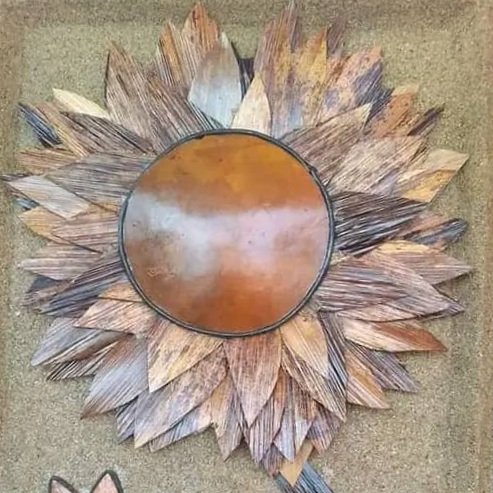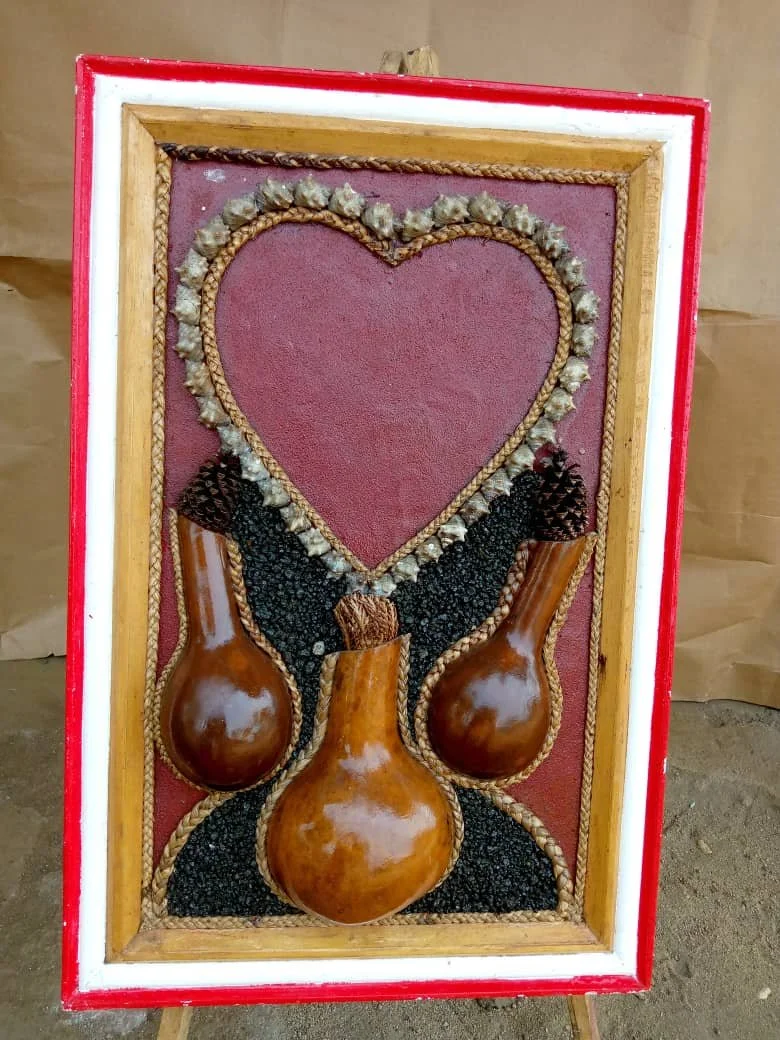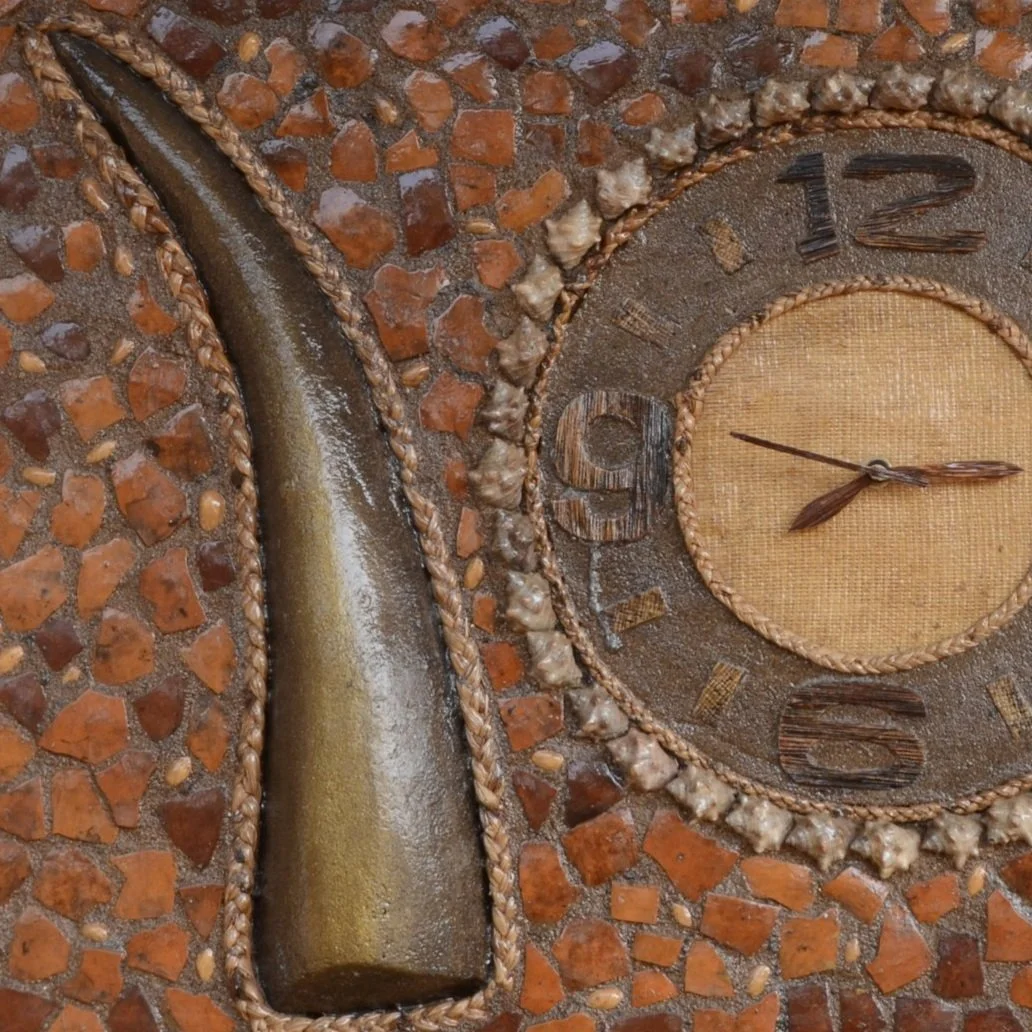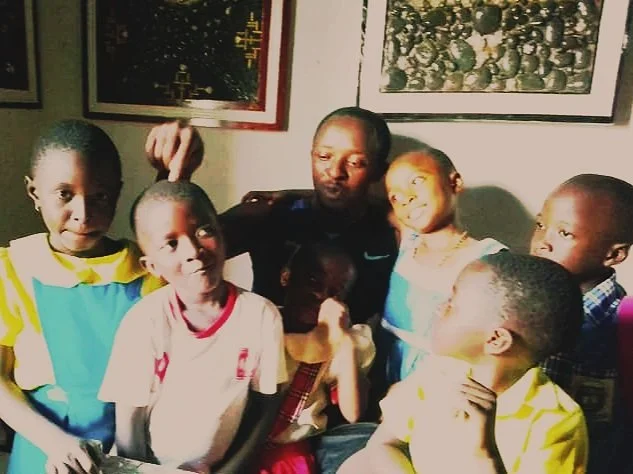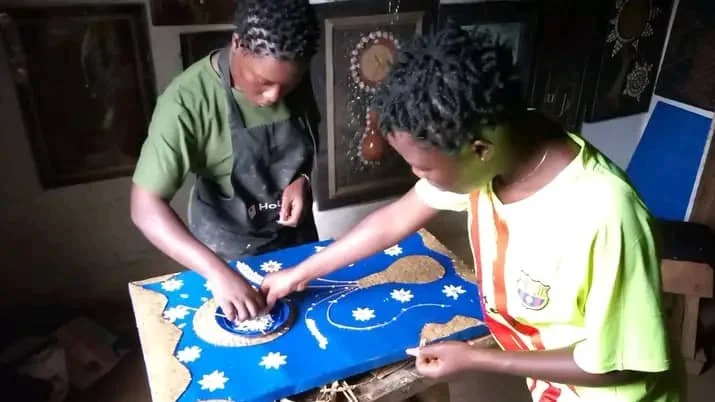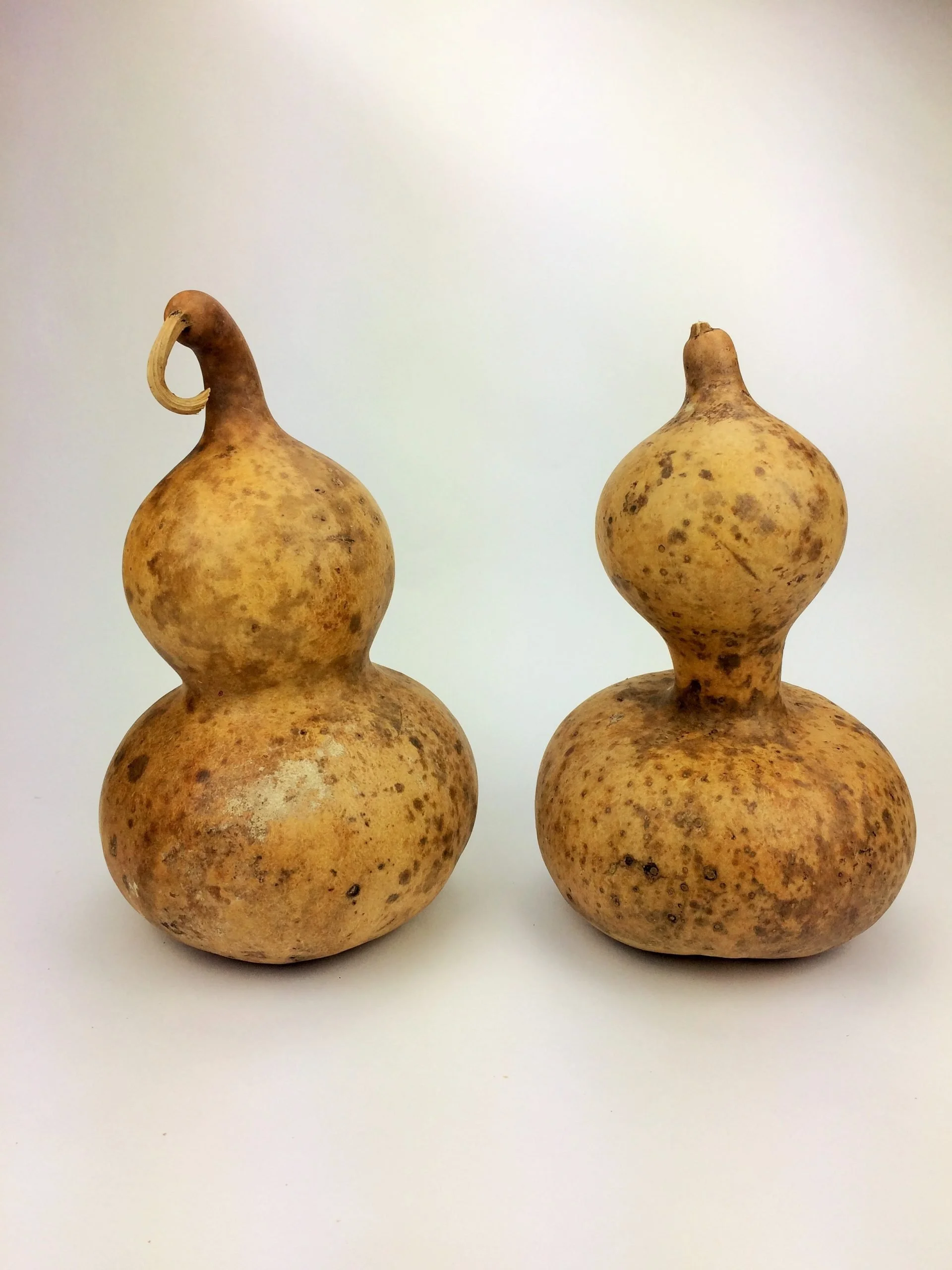Walters Fon Art Collection
-
Our artist, Timah Walters Fon, hails from Besi, a small village within the Batibo subdivision and home to the Moghamo speaking people. Besi is situated in the contested Anglophone Momo division of North Western Cameroon. Growing up in this rural setting, Timah was a child of Pa Ashon and his first wife, first of his 6 spouses, amidst a large family of 20 siblings. Despite the village's lack of modern conveniences, young Timah received a basic primary education at the local government school. His academic journey had a bumpy start when he was initially rejected at age 6 for failing to meet a peculiar physical test involving touching his ear with his opposite hand. However, at age 7, he triumphed over this hurdle and dove headfirst into subjects like art, crafts, and traditional tales, honing his skills with the meager materials provided by the village school. He attended school until his father passed away, leaving a dire financial strain on the family that prevented him from continuing his education. At just 11 years old and in class 5, he had to become the primary breadwinner following his father's unexpected death. To support his mother and family, he quickly transitioned into learning a trade, moving in with his Aunt who then apprenticed him to a local mechanic. Despite the demanding work, he managed to find moments to sketch and draw in the shop. His teacher, impressed by his talent, enlisted his help in labeling and painting auto parts and signage. With limited resources, he resorted to using locally available materials like grass, wires, and stones for his art as he couldn't afford traditional supplies. His skill garnered attention from visitors and customers, leading to opportunities as a hand letterer and creative writer for local businesses between 2006 and 2009. Balancing commercial work with personal creative endeavors, he honed his unique "all-natural" style, focusing on art theory and developing his craft.
He attended school until his father passed away. This left a dire financial strain on the family and he couldn’t continue his education. He had become the primary bread winner due to his father’s unexpected death. The only option was to learn a trade as soon as possible. He was in class 5, aged 11 years, had to quit school immediately, and move to live with his Aunt, who apprenticed him to a local mechanic to learn a more necessary vocational skill to support his mother and family. Despite the daily hard labour as a mechanic’s apprentice, he found time to sketch and draw around the shop.. This impressed his teacher who started using his steady hand to label and paint some of his auto parts and signage located in the workshop. Whenever possible Walters worked on more personal and complicated art pieces but since he couldn’t afford drawing papers, pencils or necessary art tools and supplies anymore - he started utilizing the local and natural (accessible) materials available to him like grass, wires, card box, stones, twigs, etc. He kept on impressing visitors and customers to the auto shop that he (and his small gathering of impressed locals and customers supporters) eventually convinced his mother. Between 2006 and 2009, demand for his craft was in demand, and he contracted himself out as hand letterer for signage, and creative writing for textiles for a local business. Occasionally he did creative art in his free time, which he sold - but spent more time learning art theory, and developing his “all natural” approach and style that he is known for today.
-
Another memorable travel experience was his journey to the bustling city of Bamenda, home to a vibrant population of 2 million people. This urban environment stood in stark contrast to his previous life in the serene village of Besi. It provided a valuable opportunity to immerse himself in diverse cultures, explore various art forms and handicrafts, learn new dialects, and witness a spectrum of expressions and creativity. Accompanied by another apprentice, he engaged in a sponsorship program that involved producing specific art and crafts for a benefactor's personal use or business needs. Despite the modest rewards and recognition received during the initial year of this arrangement, it paved the way for a significant shift in his life. It turned out that his sponsor belonged to the esteemed Batibo royal family, becoming not only a patron but also a key supporter who facilitated the establishment of a larger workshop in the bustling village of Guzang, a prominent marketplace in the local Batibo region. While continuing his primary occupation of creative writing and signage, he honed his skills in intricate artwork, refining his unique style and techniques. Over time, Walters garnered recognition and respect as a talented artist, enabling him to sustain himself solely through his passion for art and crafts. In 2013, he relocated to the town of Batibo, where he set up an expanded workshop and mentored six individuals in the art of signage and his distinctive artistic processes.
Despite having things working out better than ever, life was still difficult for him. The constant fear of being unable to feed himself and his family weighed heavily on his mind. A single late paycheck or a missed opportunity often stood between having a meal or enduring the grumble of an empty stomach. Such struggles were frequent in his life, interspersed between his moments of success and recognition as an artist. This experience, shared by many artists across different regions and cultures, seemed almost like a rite of passage—a test of mental strength and resilience.
-
In 2018, there was a surge in political turmoil marked by heightened tensions as the Ambazonians, an anglophone group, made a bold but unsuccessful bid to secede from Cameroon. The conflict escalated between the group and the government forces, leading to a decisive victory for the government, imposition of martial law, and massive displacement of local residents. This upheaval left a trail of broken homes, restricted movement, scarce resources, and profound discontent among the affected communities. Walters, a skilled artisan, bore the brunt of the unrest, losing his cherished workshop, ties to his homeland, and his students. In a bid to protect his newfound family - his wife and son, he made a difficult decision to relocate to Limbe, a bustling town in southwestern Cameroon, where he embarked on rebuilding his life from scratch.
He has successfully reopened his workshop and currently teaches his art to the local community. He continues to create his traditional/unique style of art using natural materials. Seeking new ways to preserve and share his heritage, he incorporates various techniques to communicate his culture to the world. Limited access to his traditional materials such as river stone and special sand inhibits his creative process, a longing evident in his work. His pieces reflect a blend of personal history and the turbulent socio-political landscape, showcasing meticulous craftsmanship to narrate tales of celebration, Batibo culture, and valuable life lessons. Through his art, this Mugahamo artist shares an intimate cultural narrative, inviting viewers into his world.
Walters, despite the lack of formal education, faced inner struggles that propelled him to achieve greater accomplishments, pushing him to his limits. Immersing himself in the traditional ways, he became a trusted guardian of his people's heritage, delving into their tales, history, and customs. His primary focus remains nurturing creative freedom among the young and the community, emphasizing the importance of self-expression regardless of one's circumstances.
Pa Jonas Andon and his understanding wife
It all begins with an idea. Maybe you want to launch a business. Maybe you want to turn a hobby into something more. Or maybe you have a creative project to share with the world.
If you know what you are looking for, you will not be afraid
It all begins with an idea. Maybe you want to launch a business. Maybe you want to turn a hobby into something more. Or maybe you have a creative project to share with the world.
Crying when going to Ashong - returning to Bessi happy
It all begins with an idea. Maybe you want to launch a business. Maybe you want to turn a hobby into something more. Or maybe you have a creative project to share with the world.
The palace is empty and the chief is hiding in the hands of the enemy
It all begins with an idea. Maybe you want to launch a business. Maybe you want to turn a hobby into something more. Or maybe you have a creative project to share with the world.
The palace is empty and the chief is hiding in the hands
It all begins with an idea. Maybe you want to launch a business. Maybe you want to turn a hobby into something more. Or maybe you have a creative project to share with the world.
Ashon Workshop
Timah Walters Fon is not only an artist, but an engaged professional, a caring teacher and an advocate for creative expression. He is a lore gatherer, a local history buff, and a librarian of the Moghamo culture.
He brings these skills to the young in the community, providing to them lessons in creative expression, a potential vocation, life lessons, and pride in his culture and tradition
Materials used
Wood
Sand
Local River Stones
Grass/Twigs
Melon (Egusi) Seeds
Gourds (Calabash)
More info on the Batibo Peoples
(External links)
Gallery
Interviews | Videos | Photos



